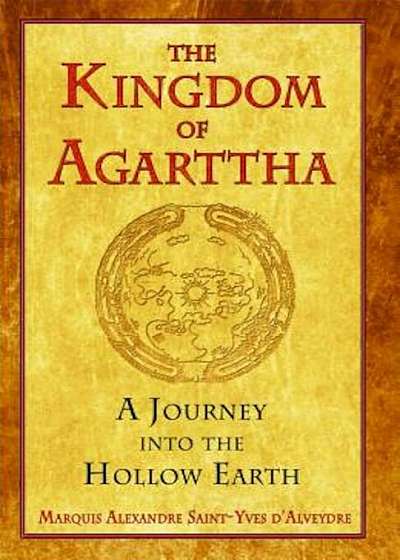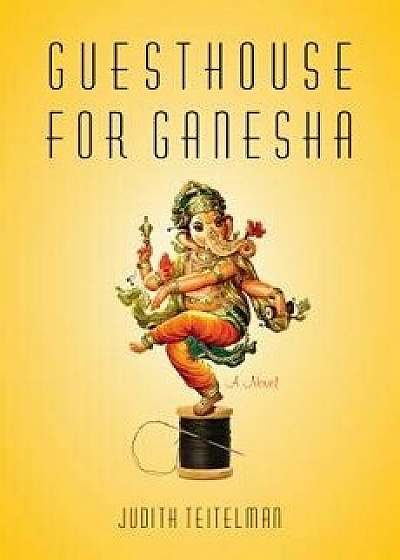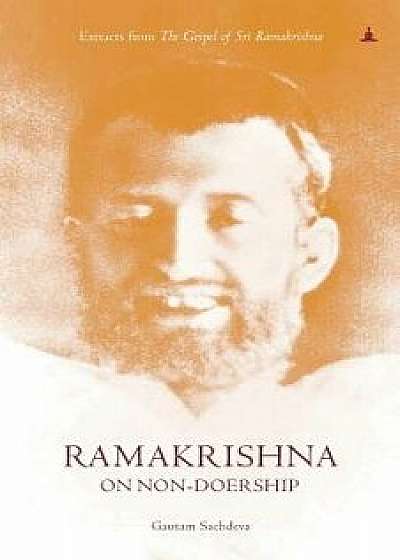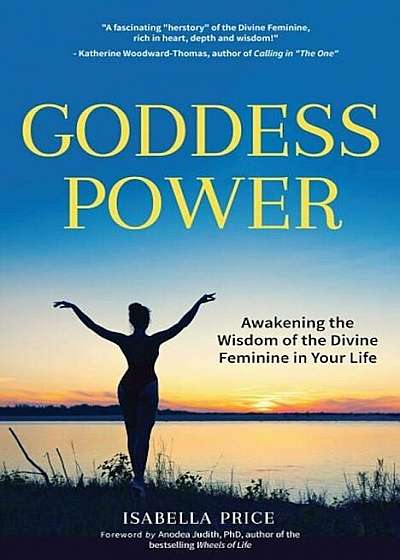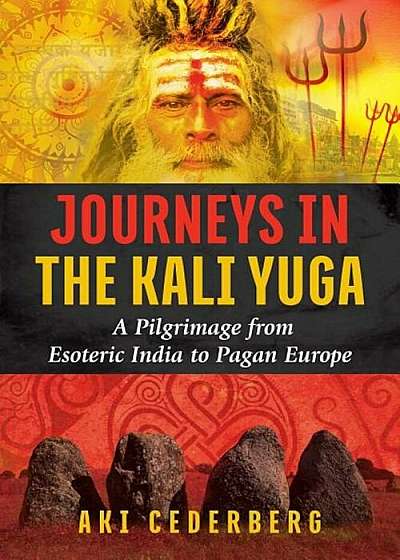
Journeys in the Kali Yuga: A Pilgrimage from Esoteric India to Pagan Europe, Paperback
Descriere
A beautifully evocative account of one man's odyssey to discover authentic and unbroken magical traditions in the East and reawaken them in the West - Details the author's encounters with the Naga Babas, his initiation into their tradition, and his experience at the Kumbh Mela, the largest spiritual gathering on Earth - Shares the similarities he discovered between the teachings of the Indian tradition and the Western traditions of magic, alchemy, and pagan pantheons - Introduces a wide cast of characters, including Goa Gil, the world-renowned guru of the Goa techno-trance scene, and Mahant Amar Bharti Ji, a ``raised-arm Baba,`` who for more than 40 years has held up one arm in devotion to Shiva Beautifully detailing his spiritual pilgrimage from West to East and back again, in the age of strife known as the Kali Yuga, Aki Cederberg shares the authentic and unbroken magical traditions he experienced in India and Nepal and how his search for a spiritual homeland ultimately led him back to his native Europe. Cederberg explains how his odyssey began as a search for spiritual roots, something missing in the spiritually disconnected life of the Western world, where the indigenous traditions were long ago severed by the spread of Christianity. Traveling to India, he encounters the ancient esoteric order of mystic, wild, naked holy men known as the Naga Babas, the living source of the Hindu traditions of magic and yoga. Immersing himself in the teachings of the tradition, he receives an initiation and partakes in the Kumbh Mela, the largest spiritual gathering on Earth. With his evocative descriptions, Cederberg shows how traveling in India can be an overwhelming, even psychedelic experience. Everything in this ancient land is multiplied and manifold: people and things, sights and sounds, joy and suffering. Yet beyond the apparent confusion and chaos, a strange, subtle order begins to reveal itself. He starts to glimpse resemblances and analogies between the teachings of t
